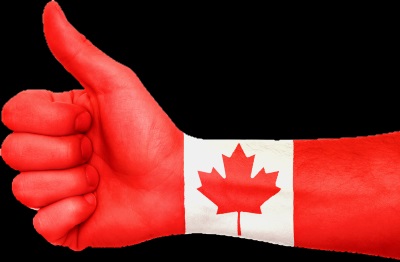There’s something oddly comforting about the sound of little animated paws scrambling to the rescue. Maybe it’s the upbeat music, maybe it’s the familiar roll call of names like Chase and Marshall – or maybe it’s just the feeling that, for a few minutes, things will be okay. Kids know it. Parents know it. And it turns out, viewers all over the world know it too. Paw Patrol isn’t just a cartoon. It’s one of Canada’s biggest cultural exports – and for something so widely recognized, its origin story is surprisingly modest.
This isn’t just about a few puppies with problem-solving backpacks. It’s about how a Back when Paw Patrol first came together, there wasn’t a grand announcement or a media frenzy. The show was developed by Spin Master, a Toronto-based company that already had a track record with toys. What they did next was different – they went from selling plastic playthings to crafting characters that could carry a story.
The Conditions That Let a Small Studio Dream Bigger
Canada, to its credit, has long supported homegrown content, especially for children. The country’s media policies were built around the idea that kids deserve to see stories that reflect their world – even if that world includes talking dogs flying helicopters. Funding from the Canada Media Fund, along with a network of broadcasters willing to take chances on new ideas, gave creators room to experiment.
And here’s where the difference shows. Instead of making loud, overstimulating content aimed at grabbing attention fast, Canadian creators leaned toward shows that were quieter, steadier, and more grounded. Paw Patrol hit that balance – not by being flashy, but by being predictable in a way that’s oddly comforting to young viewers.
Canadian production ended up shaping what childhood looks like for millions of kids, from Argentina to Australia.
The Anchor Behind Global Reach
So why did Paw Patrol take off globally when so many other shows didn’t?
Because it made sense anywhere. The show is built around a simple idea: when something goes wrong, a group of pups steps in to fix it. There’s no need to know who’s president, what holiday is being celebrated, or which language is being spoken at home. The visuals do the heavy lifting, the stakes are always manageable, and no one really gets hurt.
The international reach of Paw Patrol reflects not only creative ambition but also the policy landscape. The storytelling is friendly to translators, and the action is easy to follow – even if the sound is turned off. That’s not just clever; it’s intentional.
This is nothing new for Canadian series Kyle-he has managed to cross borders using the same recipe: steady pacing, relatable themes, and a tone that treats kids with respect rather than trying to out-hype their attention span.
More Than a Show: The Business Move That Changed Everything
What made Paw Patrol stand apart wasn’t just what was on the screen – it was what came next. Spin Master didn’t stop at making a good series. They built an entire ecosystem around it. Characters were designed with merch in mind. Storylines could stretch into games, books, live tours, and even themed birthday parties.
In the past, that kind of strategy was reserved for studios with billion-dollar budgets. But by working with the right partners, including Nickelodeon, Spin Master pulled it off. And in doing so, they proved that Canadian content could not only reach the global stage – it could compete, and thrive.
This success shifted expectations. Suddenly, Canadian studios weren’t just seen as quiet contributors. They were players – ones capable of creating franchises.
What This Cartoon Says About the Country That Made It?
Adventure Bay, the fictional town where all the Paw Patrol action happens, may seem like a bubble – all sunshine, teamwork, and last-minute rescues. But in a way, it reflects something deeply Canadian. The show champions cooperation over conflict. It presents problems that are solvable, communities that rally together, and leadership that listens. That might sound idealistic, but maybe that’s the point.
In an era where much of children’s media is frenetic and overloaded, Paw Patrol offers a kind of calm. Not boring – just measured. And that calm carries something quietly powerful with it: a sense of safety. Not just in the storyline, but in the worldview it’s passing along.
If nothing else, the show proves that it’s still possible to create something gentle and global at the same time. That’s a tough line to walk – and Canada, for all its challenges, seems to walk it well.

